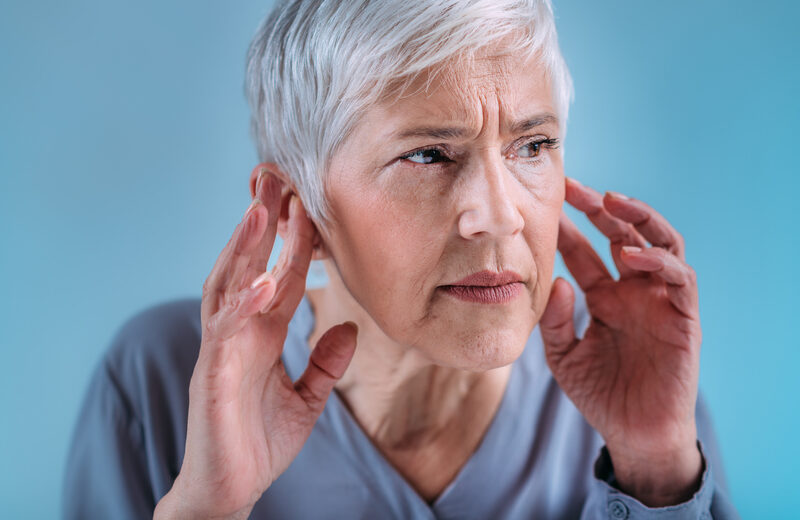There are a lot of misconceptions regarding hearing loss. Even though it’s estimated that over 37 million Americans experience some form of hearing loss, many are unaware of the different conditions categorized as hearing loss. One of the most misunderstood is called “cookie bite hearing loss.” Despite the name, this form of hearing loss has nothing to do with chocolate chips. In this article, we aim to clear up misconceptions and eliminate confusion about cookie bite hearing loss.
What is Cookie Bite Hearing Loss?
Common Symptoms
Cookie bite hearing loss is named from the audiogram shape on the chart produced by a hearing test, which is in the form of a U or “bite.” The truth is that the plotting of the audiogram indicates mid-range hearing loss. This means that mid-frequency reception is weak or damaged, making it difficult to hear conversations and other forms of speech. Since most human speech falls into the mid-range frequency, the loss is hard to ignore.
Known Causes
This rare form of sensorineural hearing loss affects the auditory nerve in the inner ear. Some cases indicate that this type of hearing loss is present at birth, becoming more pronounced with age. Most of the time, genetic factors are the root cause of mid-range hearing loss, typified by a family history of hearing loss. In very rare cases, it can be caused by an acoustic neuroma (a non-cancerous tumor) growing on or around the vestibular nerve leading to the brain.
Recommended Treatments
Unfortunately, this type of hearing loss cannot be reversed by current treatments or medical understanding, but it can be treated effectively with current technological means. As hearing aids become more advanced, the capacity to filter out or amplify frequency ranges of sound has become an almost standard ability of modern hearing aids. This should be fantastic news for anyone with cookie bite hearing loss. However, the most prominent issue facing Americans with hearing loss today is the adoption of hearing aid devices. The National Institute On Deafness And Other Communication Disorders estimates that only 16 percent of adults aged 20 to 69 with hearing loss actually use hearing aids.
If you are having difficulty understanding conversations or notice a loved one experiencing hearing issues, don’t wait. Contact us today to schedule a hearing test immediately and speak with an audiologist about the benefits of hearing aids.





